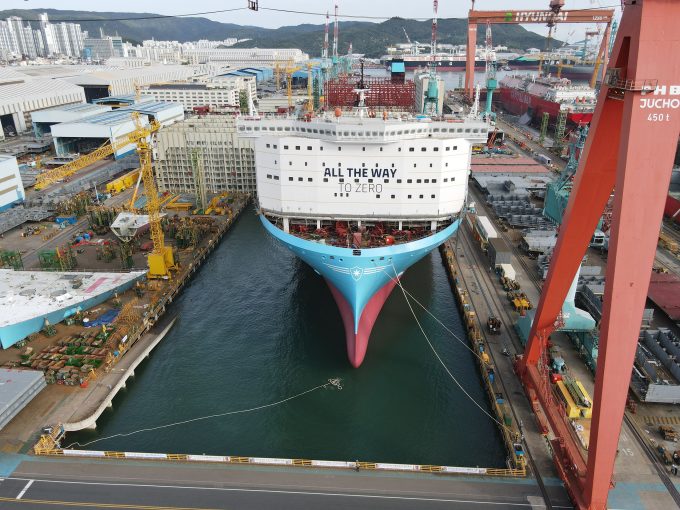Fortress SITC – liner shipping's insulated star performer
Is it a bird? Is it a plane? Nope, it’s a ship

Maersk today reported a net loss of $442m in the fourth quarter of last year, dragged down by a collapse of freight rates and its container liner division recording an operational loss of $920m.
However, the company said, higher rates and surcharges as a consequence of the Red Sea crisis would boost earnings, but CEO Vincent Clerc stressed that this was “not a bonanza” like the Covid boom.
He said it was “just a matter of ...
Amazon pushes into LTL for small package fulfilment and UPS does a u-turn
New senior management for DSV as it readies for DB Schenker takeover
Volumes set to 'fall off a cliff' as US firms hit the brakes on sourcing and bookings
Asian exporters scramble for ships and boxes to beat 90-day tariff pause
Temporary tariff relief brings on early transpacific peak season
'Tariff madness' will prompt renegotiation of ocean shipping contracts
Forwarders 'allowing the fox into the chicken run' by supporting 'hungry' carriers
Response to tariffs by Chinese importers may see extra costs for US shippers

Comment on this article